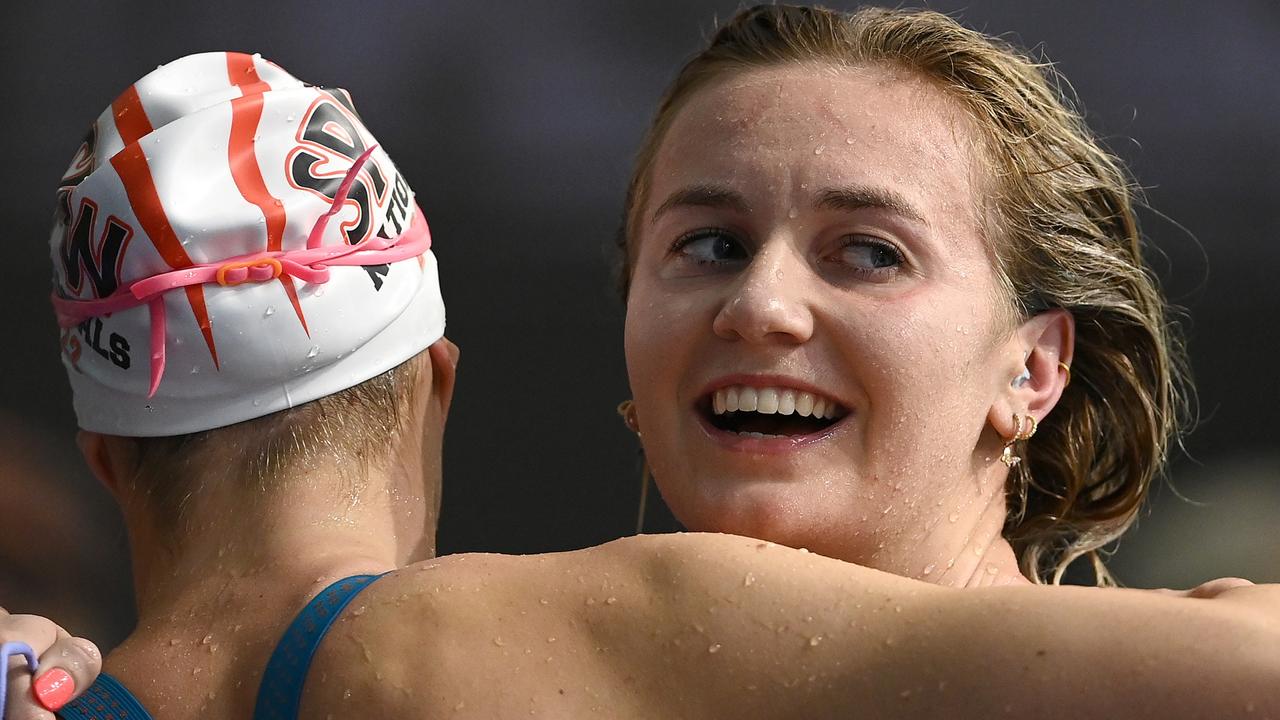Anti-siphoning list review will affect every sports fan in Australia
Every Australian who watches sport on TV will be scrutinising an important government review.

The federal government has confirmed it will review the anti-siphoning list, a decision that could have wide-ranging implications for every sports fan in Australia.
The scheme is designed to ensure free-to-air TV broadcasters have first right to bid for select sporting events, including the Olympics, football finals, the F1 Australian Grand Prix and cricket Test matches.
The idea is that Australians shouldn’t have to pay to watch certain sports deemed important, so that an event such as the Australian Open would always be free to access, instead of being contingent on someone’s ability to pay for a TV subscription.
The federal Minister for Communications, Michelle Rowland, said in a statement, “Every Australian deserves the chance to enjoy and live and free coverage of events of national significance, regardless of where they live or what they earn.
“The televising of key sports competitions helps to create shared experiences, foster a collective Australian identity, and contributes to grassroots community-based sports participation.
“Subscription-based services make a valuable contribution to Australia’s media market and consumer choice but not everyone can afford to pay for sport.”
The review is expected to be completed before the current list’s expiration in April 2023.
Even though the anti-siphoning list has been tweaked in recent years (the US Open and Wimbledon were removed), the last comprehensive review of the scheme was in 2009.
The addition of streaming services into the TV landscape will be part of the review, with questions as to what limits, if any, those companies should be constrained by in the competition for sports rights.

Thirteen years ago, streaming was not a factor and it wasn’t part of the most recent review. At the time, Netflix was still predominantly an American mail-order DVD rental service that most Australians had only fleetingly heard of.
In that time, the way Australians watch TV programming has changed dramatically and that includes live sports. TV audiences have fractured across multiple channels and platforms and live TV ratings in general are in decline.
But live sports can still draw a significant audience, which is attractive to advertisers, especially large national brands such as supermarkets, car manufacturers and airlines. In turn, media companies aggressively bid for the broadcast, and now also streaming, rights to sports.
Recently, Seven West Media and Foxtel Group* won a joint bid for AFL broadcast rights, paying $4.5 billion for seven years, starting from the 2025 season.
The Age reported streamers Paramount+ and Amazon Prime Video both threw their hats in the ring, signalling that streaming companies are increasingly bullish about going after the highest profile sports.
Many sports which aren’t on the anti-siphoning list have already migrated to streaming, forcing Australian sports fans to sign up to several streaming subscriptions if they want access to different codes.
Rugby union games are primarily on Stan with some international test matches involving the Australian team and select Rugby World Cup competitions on Nine Network’s free-to-air channels.

If you’re a football fan, it becomes even more complicated, with the English Premier League on Optus Sport, UEFA on Stan and the A-League on Paramount+. The FIFA World Cup is broadcast on SBS with streaming on SBS On Demand.
Domestic cricket competitions including the Big Bash League, Women’s Big Bash League and Sheffield Shield are on Kayo*, while some international cricket matches and select BBL and WBBL games are on Channel 7.
The Australian Swimming Championships were on Amazon Prime.
Overseas, sports and streaming have only become more enmeshed with many games of the two of the most popular sports in the US, baseball and football, locked away on streaming platforms.
In the US, certain Major League Baseball games are available only on Apple TV+ or Peacock, and not both.
According to Forbes, the Apple TV+ deal was worth $US85 million a year, and that’s access to only two games per week but if one of those two games involve your team, a dedicated fan will have to pony up the subscription fee.
Live sport is a lucrative product for all media companies in the race for more eyeballs and the money paid by them is ostensibly used to fund the teams, players and the infrastructure, including at a grassroots level.
That’s something the anti-siphoning review will have to balance against the spirit of the scheme, which is free access.
*Foxtel Group and its brand Kayo are majority owned by News Corp, publisher of this website




